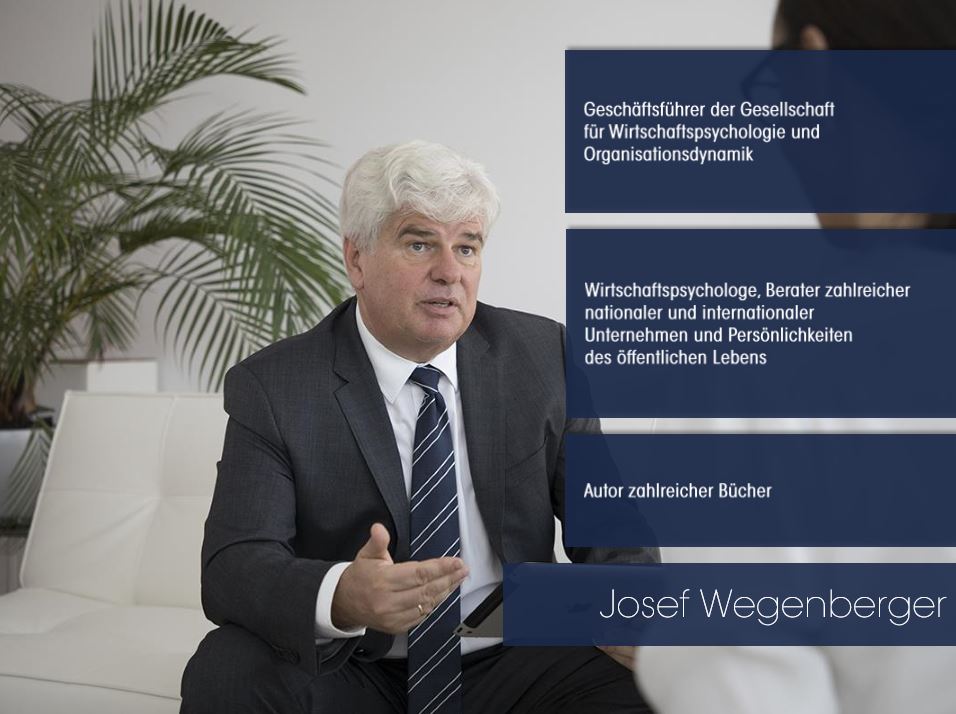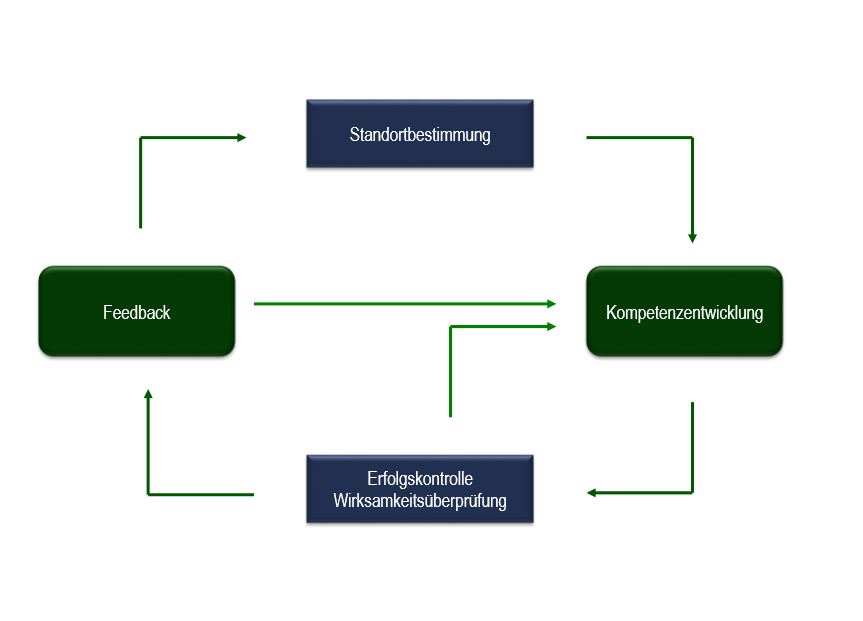
Five Characteristics of Agile Leadership Development
What does the future of agile Leadership Development look like?
MDI CEO Gunther Fürstberger has answers and shows you five helpful Characteristics.
In the past, leadership development was mainly carried out in the classic mindset of project management. To achieve specific goals, a project team led by the Learning & Development department defined multi-modular development programs and educational catalogs.
Lifelong learning
With the spread of e-learning, development programs were enriched with blended learning elements. With home offices, learning experience platforms and the need for lifelong learning, it is time for an agile mindset and toolset to take hold in leadership development as well.
Starting from the learner
L&D-driven training programs with a transfer concept will continue to exist, but no longer as a core component, but as a supplement to a development concept starting from the learner. The transfer of learning, which is at least theoretically held in high regard, is also part of the ‘waterfall view’ of traditional project management.
Learning that is demand-driven, tailored and up-to-date
In the meantime, Youtube, Netflix, etc. have enabled demand-driven, tailored and up-to-date learning. For example, if you want to learn to change the wheel of a micro-scooter, you can get immediately actionable offers on the Internet. Many programs learn as they go and suggest to learners, with AI support, what they will need next. Agile leadership development means enabling timely, appropriate learning experiences for ongoing leadership learning needs and is driven by five characteristics:
5 Characteristics of Agile Leadership Development:
- Iteration
- Empowerment
- Purposeful learning motivation
- Effective, transparent learning process
- Use of current learning technology
1. Iteration
Agile methods such as Scrum or OKR are based on the principle of checking in regular, rather shorter intervals: “Where do we stand and where do we want to go?” The same principle makes sense in L&D: For example, reviewing once per quarter based on target competencies and results:
- Where do we stand? (Review)
- How was the learning process? (Retrospective)
- What do we want to have learned in the coming quarter? (Goal setting)
- During the quarter, we work towards the goals. Regular check-ins, e.g., weekly, are used to review learning progress, set next learning activities, and ensure that the importance of learning can prevail over the urgency of day-to-day business.
2. Empowerment
The learner as designer: in the past, companies mainly saw the L&D department as primarily responsible for operational learning. Today, it proves to be more efficient if the learners themselves take the main responsibility. L&D can support by making particularly attractive parts of the “learning ocean” accessible through research and negotiation with learning providers and can also ensure that the corporate culture and strategy are supported through pre-selection of content.
Planned training programs with consistent participants fit less in the agile learning world than in traditional learning environments. And in the trainings, the methodology also changes towards
- Working with practical cases from the participants
- More coaching orientation than teaching
- Accompanying learners in practical applications through shadowing.
The consistent orientation towards the learner and the intensive involvement in the design of the learning process also increases commitment.

3. Meaningful learning motivation
Learners are no longer sent to seminars. The focus is on intrinsic motivation. In other words, learners know why they are learning something at a particular time in a particular way. Usually because they themselves have identified a challenge that they now want to overcome.
When the L&D department wants to promote a learning project, it focuses primarily on the “why.” What are the opportunities, what is the benefit of what has been learned? If employees understand for themselves that an agile learning culture brings more advantages than disadvantages for them, then the ball will keep rolling. In this way, a sustainable, agile learning culture can be built that is not lived by push from the outside, but pull from within.
4. Effective, transparent learning process
The meaningfulness of lifelong learning for leaders means that no quarter goes by without a need to learn. As a result, learning is a process in which 3 sub-steps are repeated on a regular basis:
Step 1
Define target competencies and learning outcomes: Learners define the target competencies together with their own leaders, L&D and, in some cases, colleagues and customers. A distinction can be made between two time horizons:
Long-term: this is a set of competencies valid for e.g. 2 years for the current function description. This long-term set of competencies is adjusted once a year for the next two years.
Short-term: effectiveness is increased by focusing on only a few competencies and expected learning outcomes within a quarter, e.g., 3 in total.
Learning objectives are defined as either intended learning outcomes or competencies. The recommended formulation is the future completed at the end of the quarter, “I will have learned X.” This envisioned image exerts motivational traction for the learning process.
Step 2
Learning and measuring progress during the quarter: During the quarter, learners have a variety of asynchronous and synchronous learning opportunities available to them:
Asynchronous offerings are e-learnings, learning videos, or learning audios from inside and outside the organization.
Synchronous offerings are face-to-face events and virtual measures such as webinars, master classes, etc., usually with the possibility of direct exchange among learners and with the trainer or coach.
Since learning preferences vary, it is largely up to the learner to decide which offerings, at what intensity, and at what times are best suited. Some prefer to learn via audio files while doing sports, others need personal exchange with colleagues or a trainer. Since many things are constantly changing anyway, learning is understood as a continuous process for which a certain time and financial budget is dedicated.
Those who see learning as a project could run the risk of valuable time being lost between projects and the learning projects themselves losing relevance even before they have been completed.
Measuring progress is done through check-in meetings with yourself and a learning partner. Many learning platforms offer an automatic reminder, but a recurring appointment in Outlook is also sufficient. Intermediate grading in percentages helps visualize progress, making it more present.
Step 3
Diagnose competencies at the end of the quarter, review and adjust intended learning outcomes: At the end of the quarter, learners take a final grading before the learning cycle begins again with the definition of new intended learning outcomes. Average goal attainment is less important than the process of continuous learning. It promotes motivation when the learning trend is made visible across quarters. Gamification of the entire learning journey with bonus games, treasure hunts, and continuous feedback will contribute to the joy of learning especially for younger learners.

5. Use of current learning technology
In the meantime, the use of e-learning to supplement other learning formats has become a common practice. There are hundreds of learning platforms on the market that aim to support different learning scenarios. LMS are mostly used to provide web-based learning content, track learning progress and facilitate communication.
Current developments are moving in the direction of learning experience platforms that use artificial intelligence to make learning suggestions to the learner based on his or her past queries. Internet applications such as Amazon, Booking.com, etc. observe user behavior and thus make suggestions that are as accurate as possible. AI is helping to get to know users better and better. It becomes more convenient for users because they are supported in their routines.
At the same time, atypical learning experiences should be maintained, since deeper learning involves confusion and breaking away from old concepts.
The original german article was written for Magazin Training by

Gunther Fürstberger
CEO , MDI Management Development International
Gunther Fürstberger is a management trainer, book author and CEO of MDI, a global leadership development institute and managing director of Metaforum. His core competence is leadership in the digital transformation. He gained his own leadership experience as HR manager of McDonald’s Central Europe/Central Asia, among others.








